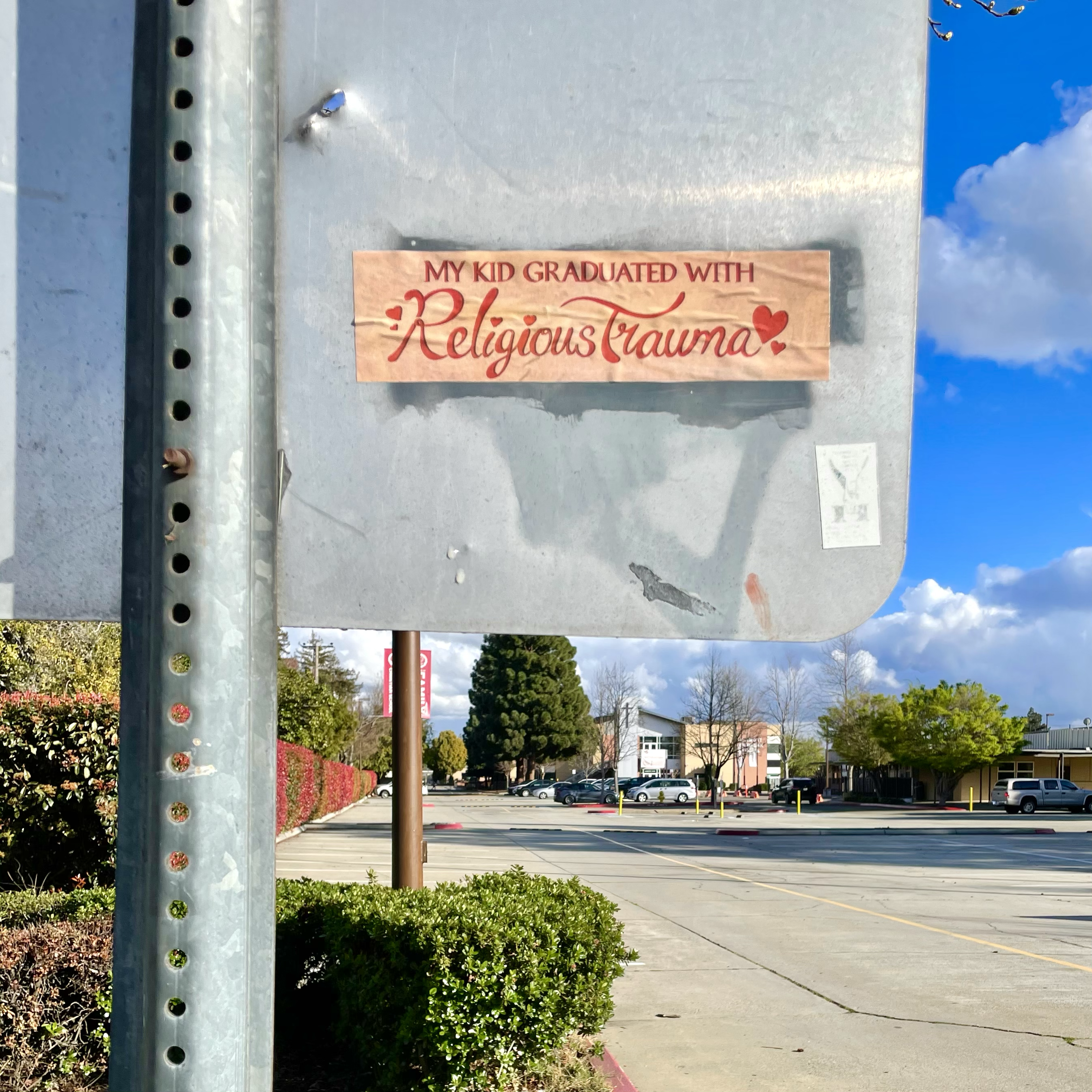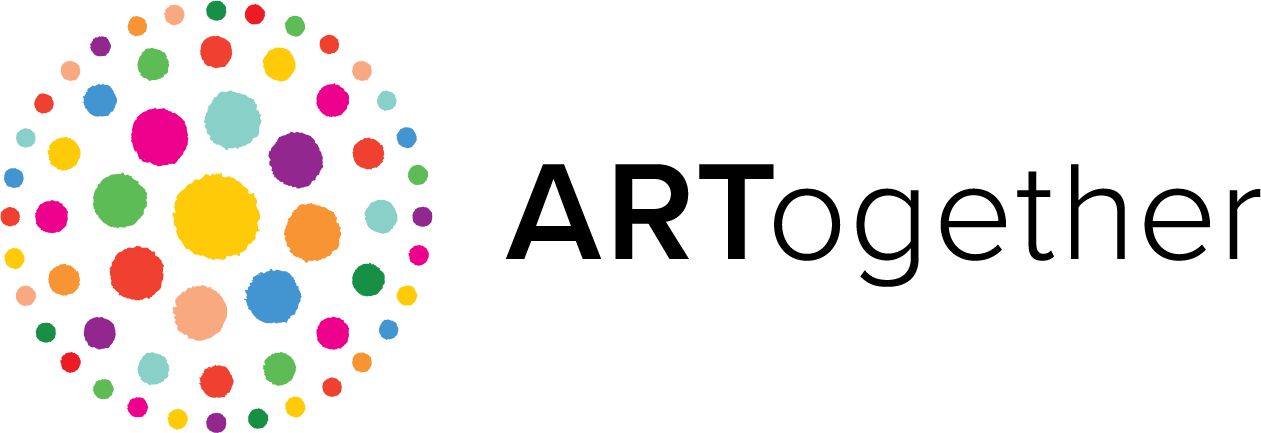By guest writer Valerie Win Liu
In the onslaught of current horrors, genocide, the complicit American administration, Trump, rising conservatism, and attacks on immigrants, the working class, healthcare, and LGBTQ+ rights, I find myself wracked with grief, anger, and rage. I find myself asking: what does it mean to make art in the face of chaos and destruction?
My relationship with art and activism began in college but deepened after transferring to art school in San Francisco. Coming from an evangelical Christian background, I struggled with coming out as queer and the painful rupture of many relationships. Healing came through new perspectives—classes in women’s history, cultural anthropology, and queer studies reshaped my worldview.
Queerness, Grief, and Creative Reclamation
During my junior year in the pandemic, I took a class called “Make it Queer,” where we created LGBTQIA+ art with a focus on cultural literacy and social responsibility. Being in this class really challenged me to learn more about queer history, queer artists, and opened me up to explore my own voice as a queer artist. I was finally in an environment where I was safe to express myself more

freely. We had an assignment on agitprop (or political posters). At this time my experience with queerness had been marked by grief and rejection, so I wanted to create something both cheeky and cathartic that brought to light the hurt I had experienced from my upbringing in the church. I designed a bumper sticker that read, “My kid graduated with religious trauma” and wheat-pasted it around the evangelical school I attended for thirteen years.
Sharing this piece felt like a communion for all the hurt church kids I grew up knowing. It felt like a reclamation. Queer friends, alumni, and strangers all found joy, relatability, and humor in the poster. It signified that I was not alone in my experience, and that I had the capability to make something from difficult circumstances that resonated with others. After sharing this piece, I had the opportunity to collaborate with “Your Favorite Heretics,” a couple who advocate for religious trauma survivors, to create merchandise fundraising for an anti-conversion therapy non-profit, BornPerfect.
Learning from Queer Artistic Legacy
San Francisco was where I first had access to learn more about the LGBTQIA+ community. My teacher, Michael Wertz, introduced our class to “Mrs. Vera’s Daybook”, a film about Michael Johnstone and David Faulkner’s love, joy, and activism. The film spotlighted the couple’s art and story, as well as their part in organizing and creating community through caretaking and workshops during The AIDs epidemic in the 1980’s and beyond. The showcasing of the film opened the door for me to delve further into learning more about San Francisco’s queer history, from Compton’s Cafeteria Riot, to Chinatown’s queer safe havens, and more. After the screening, Michael invited me to one of Verasphere’s costuming workshops, and to march with Mrs. Vera and Verasphere in the Pride parade. It’s a moment I treasure; being embraced by everyone in Verasphere was healing to the queer kid in me that needed to feel seen, and to be shown solidarity and community. Verasphere’s spirit of joy, activism, and community continues to inspire how I connect with others through art. My experience with Verasphere motivated me to create more communal spaces–workshops to share and create art.
Imagining a New World Through Creativity and Activism
Art is its own kind of language, how you view and utilize art looks different for each individual. The artists who resonate with me the most don’t just evoke emotion but tell stories, bear witness, and reflect the world around them. Lately, I’ve been inspired by comic artists Maia Kobabe, Koreangry, and Ellen O’Grady.
In my own work, I remind myself that art is a remedy, a form of magic. In times of political turmoil, I want to lean into creativity and community—not with blind optimism, but leaning into intentional curiosity and creativity; What does the world we want to live in look like? How do we give voice and shape to those beliefs?
There is power in organizing, protesting, and taking action. The rights of marginalized people are never handed over—they’re fought for. Progress demands advocacy and imagination, and imagining a better world would be impossible without creative power and art.
About Valerie Win Liu
Valerie Win Liu is Burmese-Chinese-American Artist, Illustrator, and Designer from the Bay Area. They like to work with a variety of mediums: paint, mixed media, sculpture, upcycled materials, digital art, comics, and more. In their work, Valerie likes to explore themes such as Joy, Queerness, Humor, Curiosity, and Discovering ways to encourage/spotlight self expression. Liu likes to indulge in feelings like joy, found family, silliness, curiosity, and hope.
Alongside their art and illustration practice, Valerie also enjoys being in creative community by hosting art workshops and gatherings. They’ve held workshops in up-cycling, paper mache, experimental ink, paint, as well as comic and zine workshops alongside groups like Edge on The Square and the San Mateo County Libraries.
Website: https://valerie-win-liu.com/
Instagram: https://www.instagram.com/valerie.liu/



